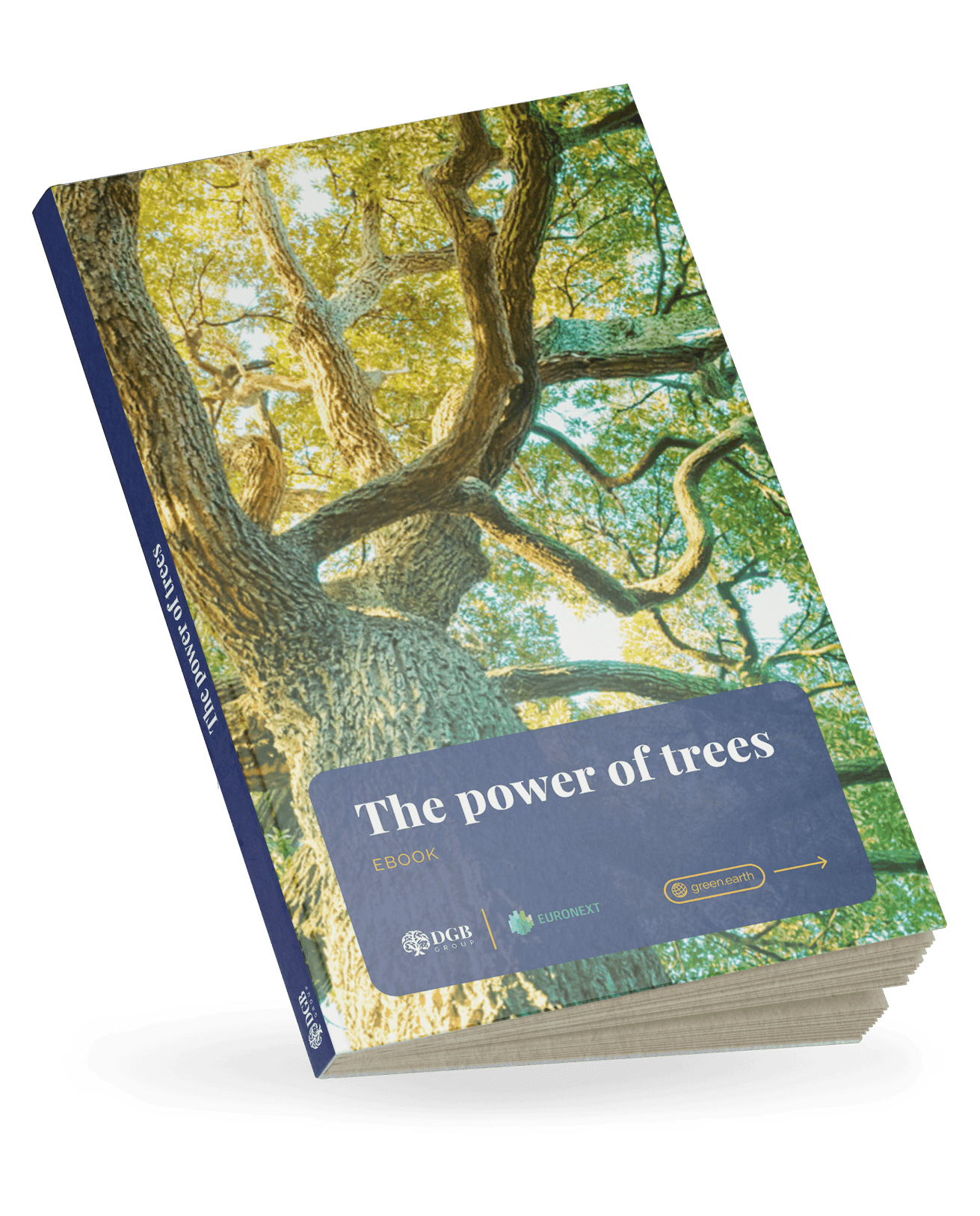New York Climate Week 2025 delivered an unexpectedly structured and cautiously optimistic picture of environmental action, drawing roughly 100,000 attendees across some 1,000 events. Rather than a reprise of hand-wringing, discussions reflected an energy transition in motion, even amid political uncertainties.
 Panoramic view of New York City with Central Park glowing in afternoon light. AI generated picture.
Panoramic view of New York City with Central Park glowing in afternoon light. AI generated picture.
Carbon dioxide removal (CDR) surfaced as a clear growth story, shifting from niche experiments toward early commercialisation. At the East Coast CDR Summit, market actors reported tangible demand—’90% of spot credits for 2025 are already sold’, said Michelle You, Co-Founder and CEO of Supercritical—while acknowledging uneven progress across technologies. Cost remains a key barrier: McKinsey’s Tomas Naucler warned, ‘At $50 per tonne things will explode.’ For now, higher-cost approaches such as direct air capture keep many buyers cautious.
Industry leaders urged corporates to broaden their familiarity with the range of removal and avoidance methods, and to consider smaller purchases that help create market runway. As Nikki Batchelor, Executive Director of XPRIZE Carbon Removal, put it: ‘We’re in a transition phase, there is consolidation. We need buyers to come in. The key is recognising small purchases can be crucial for companies in the sector.’
Policy clarity—or the lack of it—remained a decisive factor shaping project pace in the United States. Representatives highlighted federal support uncertainty and regulatory signals that influence investment timelines. Frontier Carbon Solutions underlined financing dependencies: ‘..there is no way their business model for carbon sequestration as a service would work without CDR credit financing like the 45Q’, said Pawan Gupta, VP of Environmental Markets at Frontier. Novel logistics solutions, such as planned ‘CO2 by Rail’ partnerships, were presented as practical responses to pipeline bottlenecks.
Read more: Cuba launches framework for voluntary and compliance carbon markets
The voluntary carbon market showed signs of renewal. More than 50 organisations launched the VCM+ Coalition, aiming to deliver 5 billion tonnes of CO2e reductions or removals by 2035 and to channel substantial finance toward community and ecosystem projects. Alexia Kelly framed the initiative as historic: ‘The VCM+ represents the next chapter of the carbon market, from voluntary to verified, with oversight, science, and integrity at its core.’ Complementing this, the Carbon Data Open Protocol introduced a standardised open-source schema to reduce fragmentation and build investor trust.
Cities emerged as an overlooked but promising frontier for urban sinks. The City CDR Initiative’s proposals—described by Founder Christiaan Gevers Deynoot as the ‘urban sequoia’—and Phoenix Mayor Kate Gallego’s observation that ‘Cities are where climate risks hit hardest, but they’re also where so much innovation starts—from transit to infrastructure’, underscored local governments’ potential role.
Despite headlines elsewhere, the week concluded with a refrain of continued action. As Carol Browner noted, ‘Even though there are challenges in the current environment, action is still being taken.’ The central question ahead of COP30 in Belém is not whether innovation, capital and policy can align—but whether they will do so quickly enough.
Read more: Carbon footprint offsetting strategies: How leading companies neutralise their emissions
The renewed momentum seen at New York Climate Week 2025 shows that the carbon market’s evolution—from voluntary to verified, from fragmented to data-driven—is already underway. For businesses, the message is clear: participation can no longer wait for perfect policy or timing. At Green Earth, we help companies move from ambition to measurable impact—connecting them with verified, high-integrity nature-based carbon units that support both sustainability targets and financial performance. The transition is already underway—discover how your actions today can drive real restoration and lasting change.


